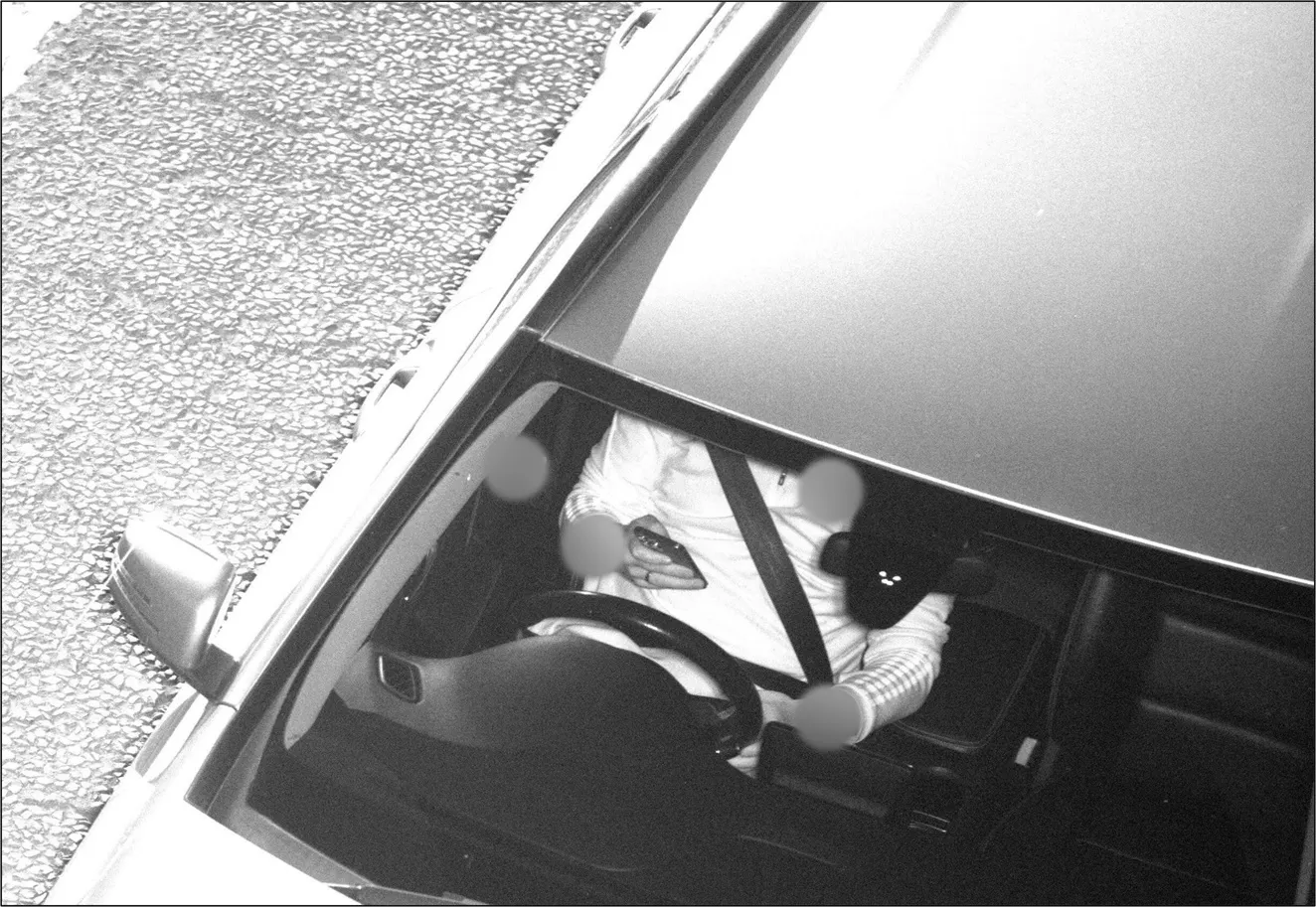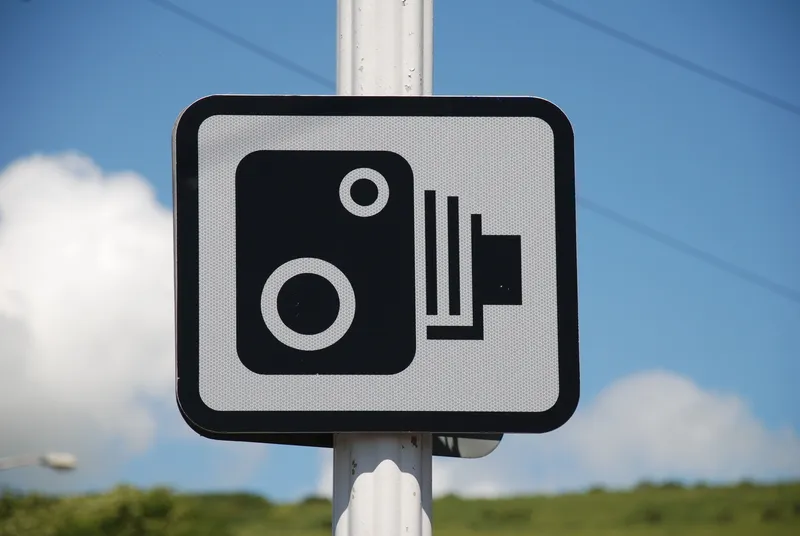
Thousands of people were using their phone behind the wheel, or not wearing seat belts, in a five-week enforcement trial by Aecom and Acusensus in the UK.
On behalf of Safer Roads Greater Manchester, using the Heads Up camera system developed by Acusensus, 3,200 people were detected flouting the law.
The images show drivers holding mobile phones in front of their face, to their ear while behind the wheel, sometimes with passengers – including children – next to them.
The cameras also found drivers, as well as adult and child passengers, not securely fastened in their seats or not wearing seat belts at all.
The findings were released during Brake Road Safety Week and in support of Greater Manchester’s Vision Zero Strategy and Action Plan to eliminate road deaths and life-changing injury by 2040.
The data will be used to inform future awareness campaigns and enforcement programmes; no-one has yet been prosecuted.
The Heads Up system recorded 812 drivers distracted by using mobile phones behind the wheel, and 2,393 incidents of seat belt non-compliance.
“Distractions such as using mobile phones while driving and not wearing seat belts are key factors in a number of road traffic collisions on our roads which have resulted in people being killed or suffering life-changing injuries," says Kate Green, Greater Manchester's deputy mayor for safer and stronger communities.
“This trial was launched so we could better understand the scale of this problem in Greater Manchester, and the images speak for themselves. They show drivers who are needlessly putting themselves and others – including young children – at risk, and sadly we know that being distracted for just a second, or not wearing a seat belt properly, can have devastating consequences."
“I hope these images serve as a wake-up call for drivers and passengers on the importance of not driving distracted and seat belt compliance.”
In the last ten years nearly 10,000 people who live in, work in or visit Greater Manchester have been killed or seriously injured on the roads.
From 2018-22, pedestrians, cyclists and motorcyclists accounted for nearly two-thirds of those killed or seriously injured, while drivers and passengers made up 34% of casualties.
In 2022, there were 71 traffic fatalities or serious injuries every month in Greater Manchester. In total 64 people were killed over the course of the year – 25 of them pedestrians.
An action plan setting out how local authorities and partner agencies can achieve Vision Zero - the elimination of road deaths and life-changing injuries - will be considered by Greater Manchester Combined Authority on 29 November.
Dame Sarah Storey, active travel commissioner for Greater Manchester, said: "The results of the trial show the horrifying truth behind the number of drivers who still don't consider how their behaviour behind the wheel of their vehicle can affect themselves, their passengers and other people using the roads. Statistics show you are four times more likely to be involved in a collision if you use your phone while driving and twice as likely to die if you don't wear a seatbelt."









